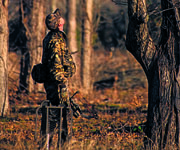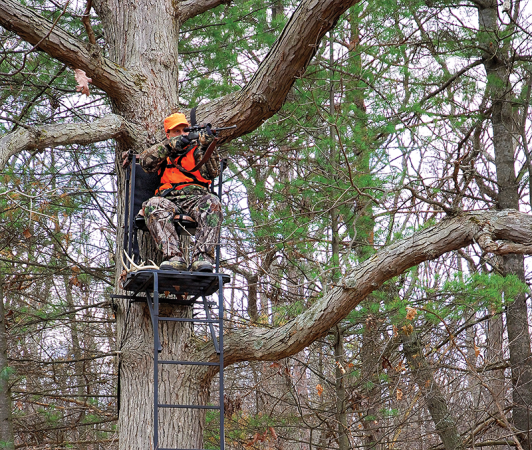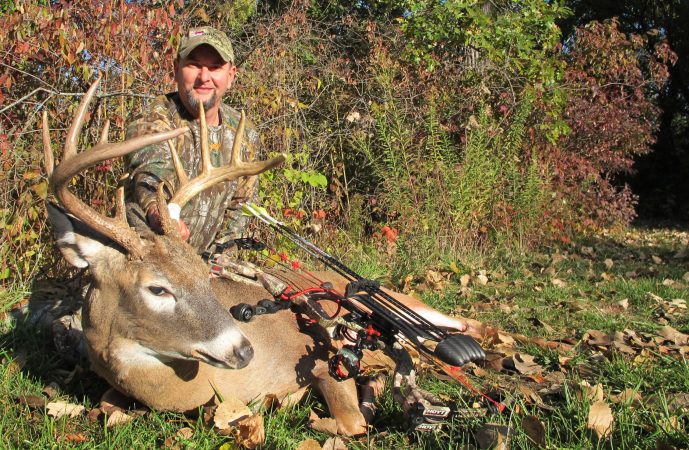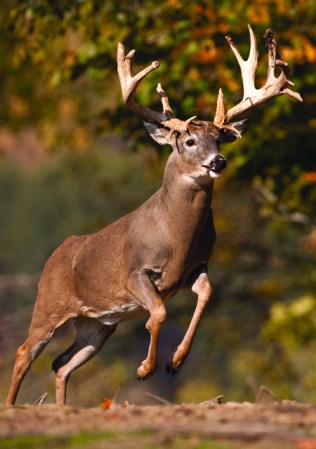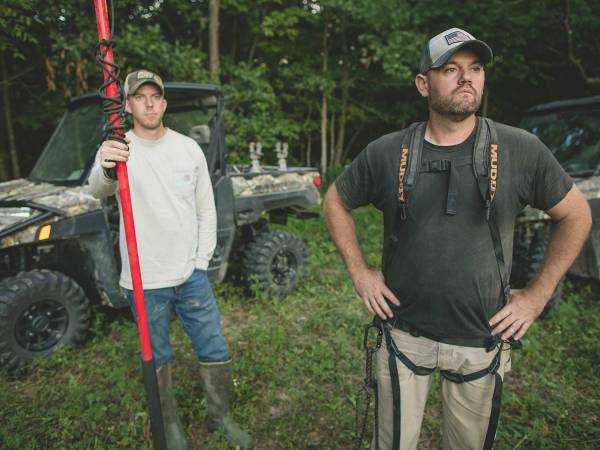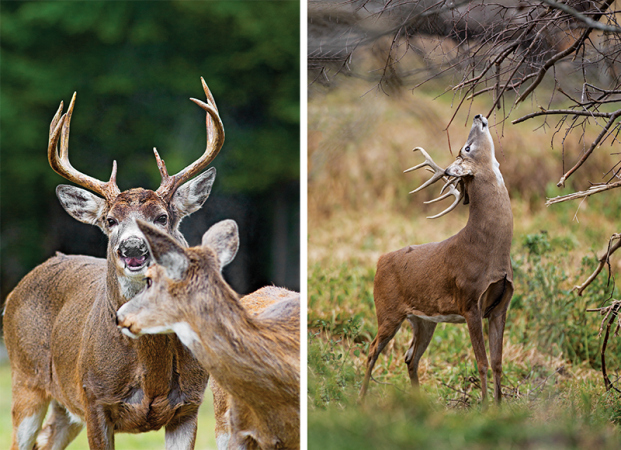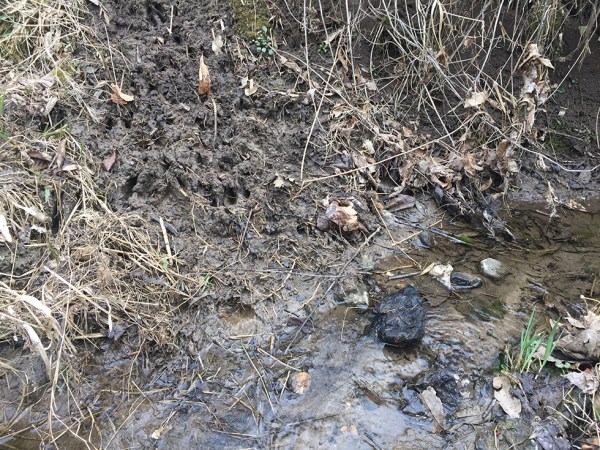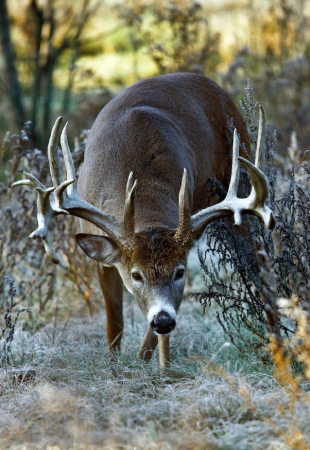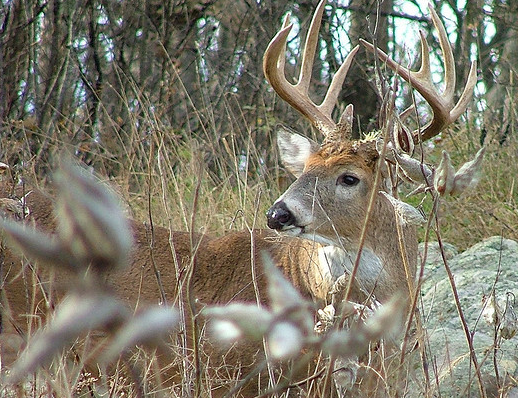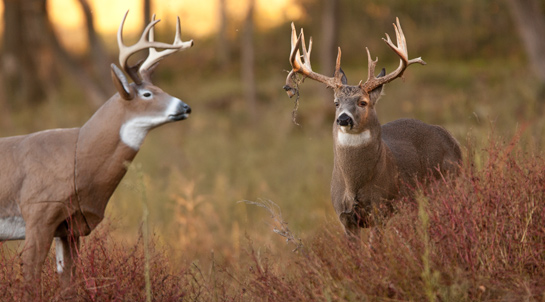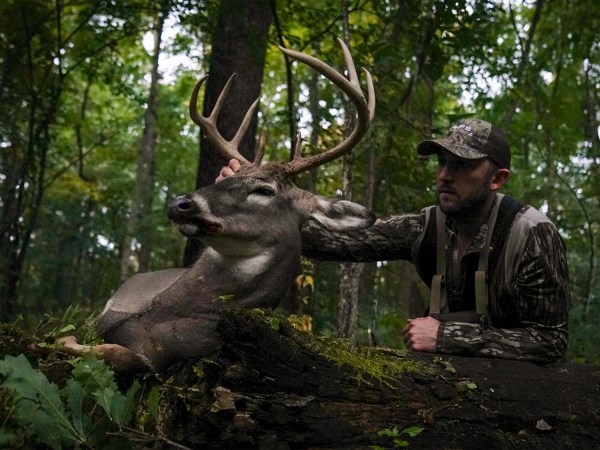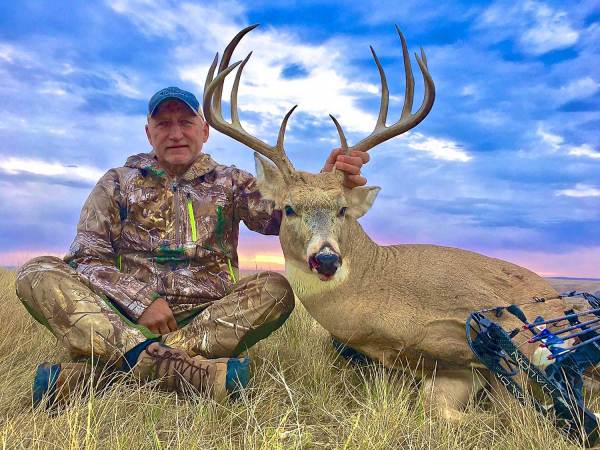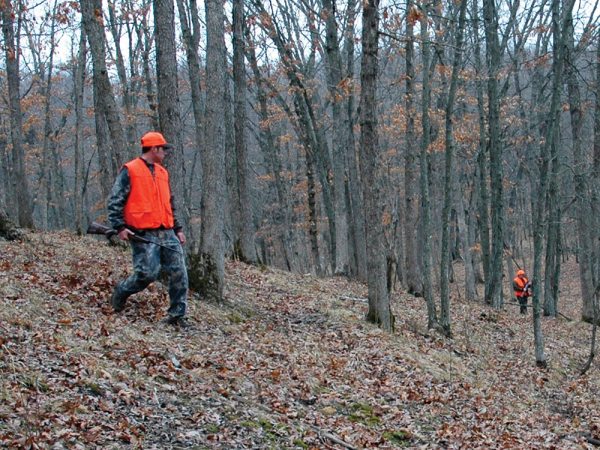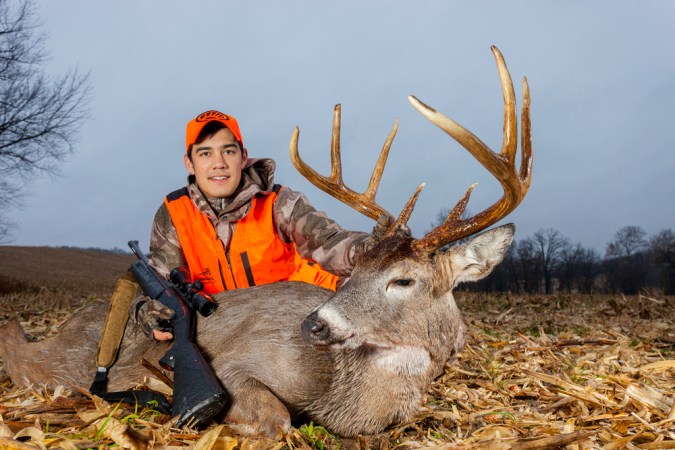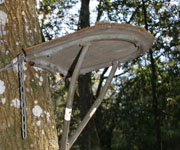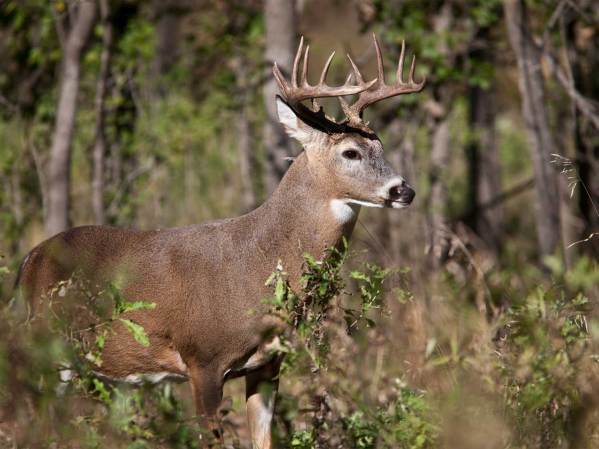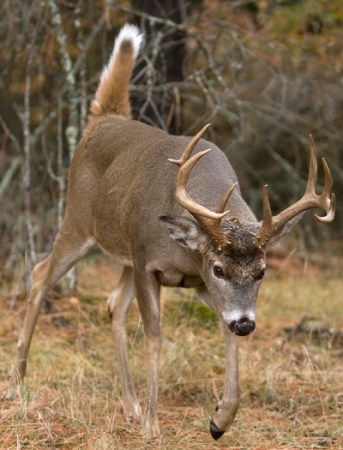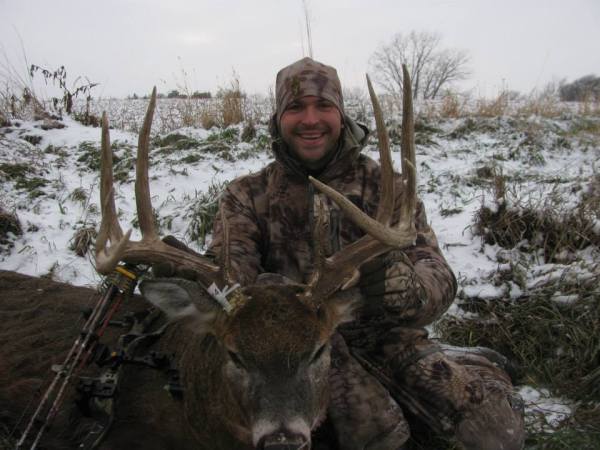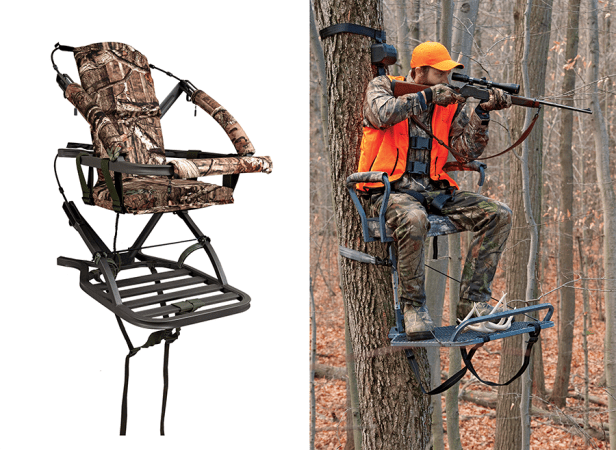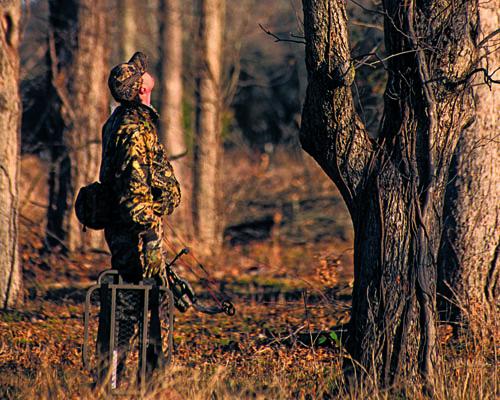
Finding the perfect stand site is only part of the battle. It’s how you handle the finer details that puts you in the catbird seat. Keep these four tactics in mind the next time you’re setting up a new stand location.
#1 – Getting There
How you approach a tree stand can have as much to do with your success as its location. In fact, you can ruin a stand site for the entire season if you blunder through deer-rich bedding cover while accessing it.
Planning Your Route: It’s important that you go to great lengths not to alarm deer, even if it means that the route to your stand takes you far out of your way.
Map It: Study topographical maps and satellite photos carefully. Determine where deer are approaching from, and where they are going to, then plan accordingly. For example, whitetails often travel from bedding to feeding areas in late afternoon, doing the reverse in the morning. If a water route to your stand is possible–a brook or lake–take it. It will be the most scent- and noise-covering course available. Lock the route into your GPS.
#2 – Study the Wind
No factor is more important to a successful bowhunt than knowing how to play the wind. Yet it’s amazing how many hunters get this wrong. Set your primary stand according to your hunting area’s prevailing winds, but have one or two secondary stand sites in mind for when the weather throws you a curve. Have approaches to secondary sites planned out as carefully as those to your primary.
Circle of Life: Whether you’re hunting a food source or a bedding area, keep in mind that mature bucks will likely circle and scent-check the area before coming in. If, for example, the white oak flat you’re bowhunting has a prevailing north wind, avoid positioning a tree stand on the south side of the trees.
The Payoff: Crosswind positioning should prevent most deer from scenting you.
#3 – Snip a Hole
The biggest bucks typically live in a tangled jungle of arrow-deflecting limbs and leaves. But there’s a fine line between trimming shooting lanes and blowing your cover.
Passing Lanes: Usually three or four open arrow tunnels a couple of feet in diameter, and positioned in different directions around a stand, are sufficient. Use pruning shears, a small folding saw or a telescoping limb pruner to trim limbs and branches.
Lose the Limbs: Your scent will linger on the limbs and branches you’ve so painstakingly trimmed, so get them as far away from the stand site as possible.
#4 – How High to Climb?
Many bowhunters hang stands a minimum of 15 feet high in a tree, and some believe 20 feet is even better. It all comes down to your comfort level with heights and shooting angles.
Pick the Right Tree: A good rule of thumb is to set a tree stand above the lowest large limb or two smaller limbs off the trunk. This provides a leafy understory below the stand, thoroughly concealing the hunter from approaching deer. Multi-trunk trees, or ones that form a large fork, are especially well-suited for tree stands, because a bowhunter’s form is quickly lost in a cluster of large tree trunks.
Watch Your Back: If the tree you’ve chosen has no low branches, position your stand with your back facing in the direction from which you expect deer to approach.
To find deer movement predictions and the weather forecast where you hunt, go to OL Weather.

